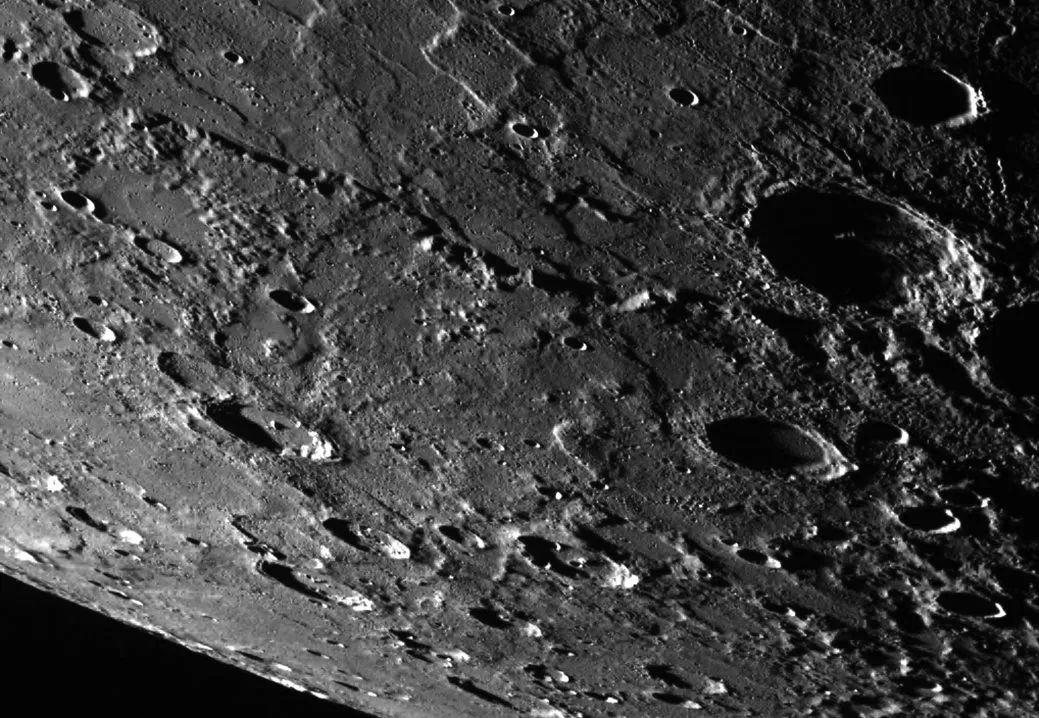Mercury’s magnetic poles have moved in mysterious ways, and understanding them may help us know more about the future of our own planet. We spoke to Dr Joana S Oliveira, who is a member of the team behind the BepiColombo mission at Mercury, to learn more about a recent study she undertook to analyse the planet's poles.
Why turn to Mercury for magnetic fields and poles?
The terrestrial objects in our Solar System: the Moon, Venus, Mars – have no core magnetic field.
The only other terrestrial planet apart from Earth that has a magnetic field generated by a dynamo process in its core is Mercury.
What we observe on Mercury now we guess may be the future of the Earth’s magnetic field – who knows?
What was the aim of your recent study into Mercury’s magnetic fields?
We wanted to get an insight into the ancient core magnetic field of Mercury – it’s like doing archaeology on planetary magnetic fields.
The ancient core magnetic field is recorded in ‘thermoremanent’ magnetised rocks.
Imagine a swimming pool of molten material with magnetic material in it.
Because it’s very hot it cools down very slowly, so the little compounds of magnetic materials like iron metal will point to where the magnetic north pole was at the time.
The molten material solidifies into thermoremanents and keeps that information forever.
How was the study undertaken?
I analysed data from the magnetometer of NASA’s MESSENGER craft when it was at very low altitudes during its last 3-4 months.
I looked only for signals related to craters to make sure that I got that pool of molten material that cooled down very slowly.
The molten material takes millions of years to cool down and records the ambient magnetic field.
What was the main finding?
For the first time I got information from the ancient core field of Mercury. Nobody has looked for that before.
I got some palaeopole locations – previous magnetic north poles of past fields.
If the field was a dipole parallel to the rotational axis, as it is on Earth, the palaeopoles would fall in the geographic poles, but this was not the case.
The problem now is trying to understand what that means.

How do you explain the unexpected locations of the ancient magnetic poles you found?
One hypothesis is that the magnetic field was not a dipole with only two ends, it was something else – a quadrupole, or an octopole.I tend to imagine a spaghetti dish, with field lines everywhere.
The second hypothesis is that the magnetic field was dipolar but the crust of the planet has shifted, causing ‘true polar wander’. The third theory is that a combination of both happened.
What does all this mean for Earth?
The main question is about how the Earth’s magnetic field is going to be changing in future, because we think it might flip direction. We have to look to other planets to understand this.
Several dynamo scientists are modelling the core dynamos of Earth and the other planets, but the physical processes of all terrestrial planets are similar.
So by having different dynamo situations we can get more information on where Earth stands in those models.
Having a main dynamo model is very important to understanding our future.
However, Earth’s magnetic pole field inversions take a long time – 200,000 years on average. I don’t think we need to be alarmed.
What do you hope BepiColombo will discover?
The ESA and JAXA (Japanese Aerospace Exploration Agency) mission BepiColombo launched in October 2018, and we have to wait six more years until it getsto Mercury.
With MESSENGER we got zero magnetic information on Mercury’s southern hemisphere.
With this mission we will have measurements from all around the globe from two spacecraft simultaneously.
It will allow us to separate the particles around the planet that produce some magnetic field from the core magnetic field. It’s a big thing.
Dr Joana S Oliveira is a research fellow at ESA’s European Space Research and Technology Centre in Noordwijk, The Netherlands, and an associate on the science working team of the BepiColombo mission.
This article originally appeared in the January 2020 issue of BBC Sky at Night Magazine.
